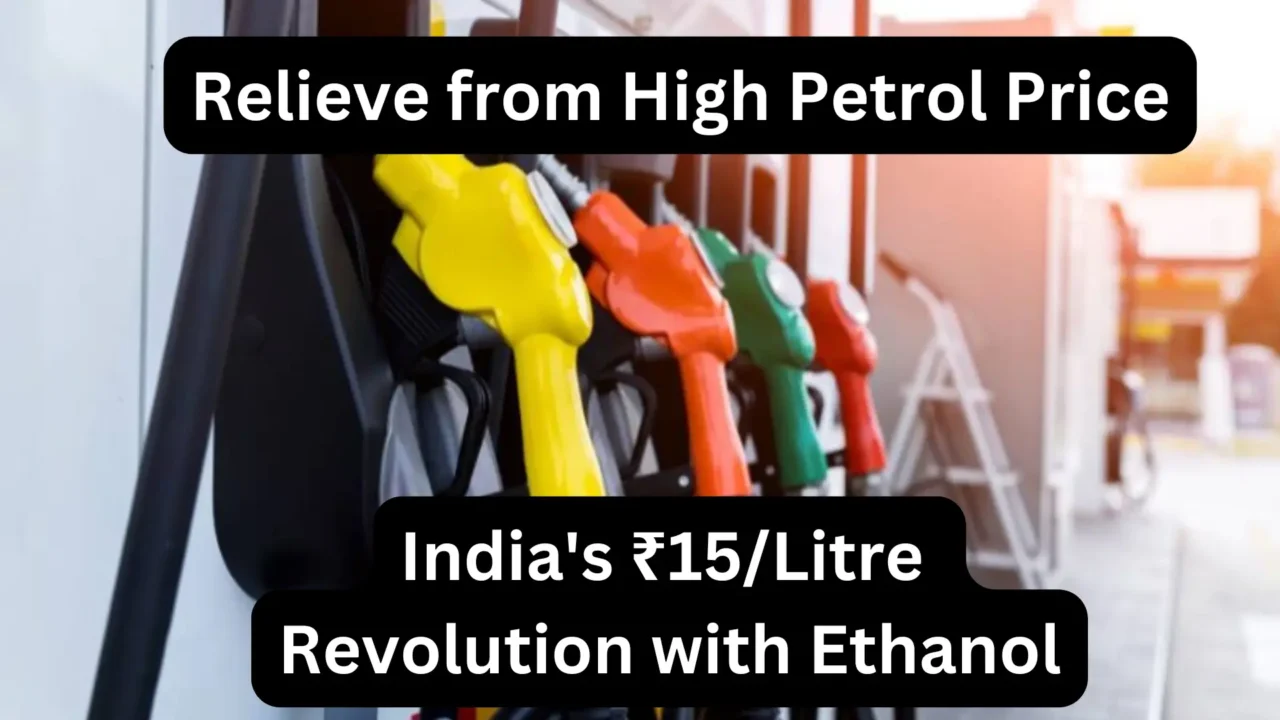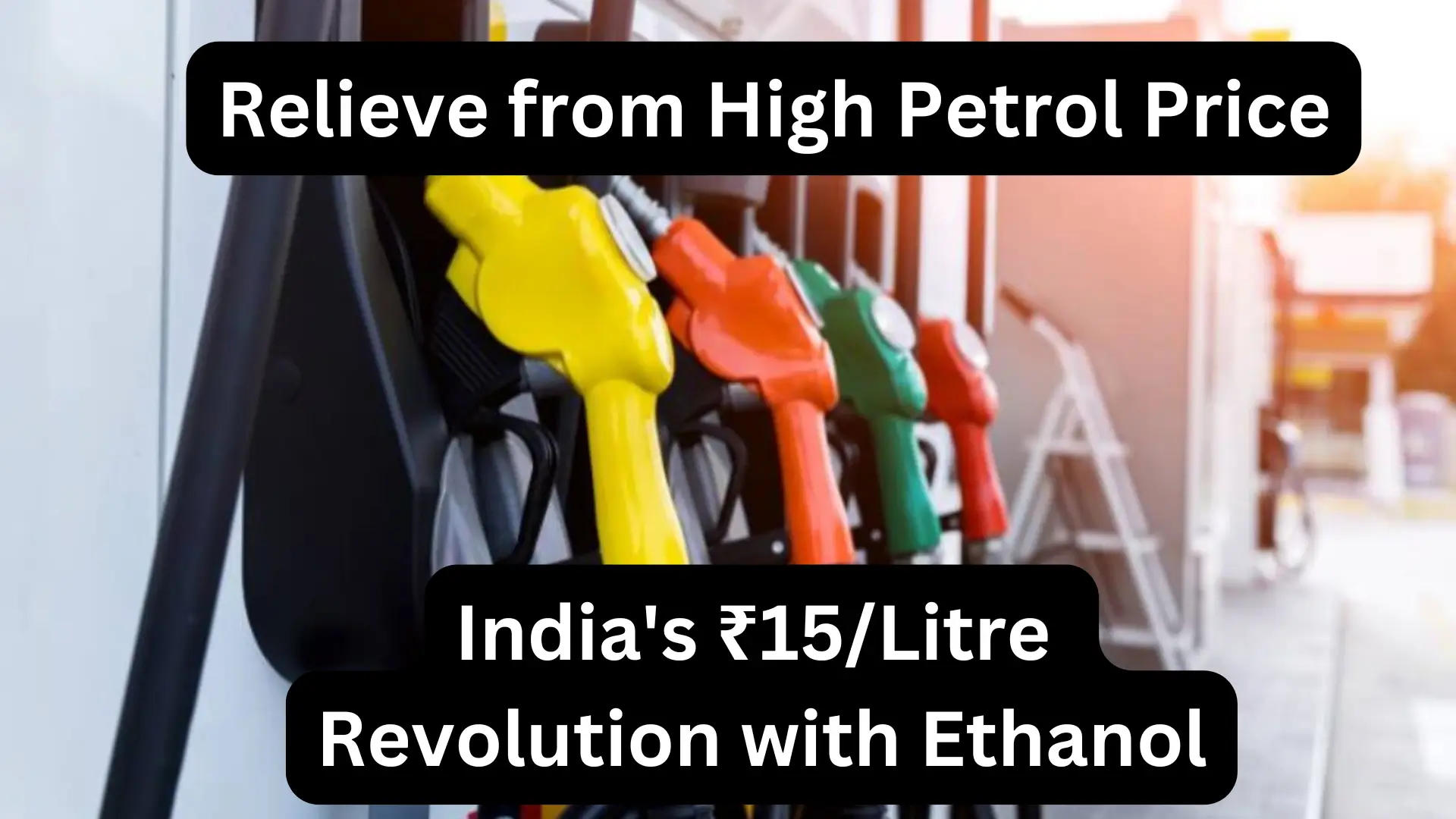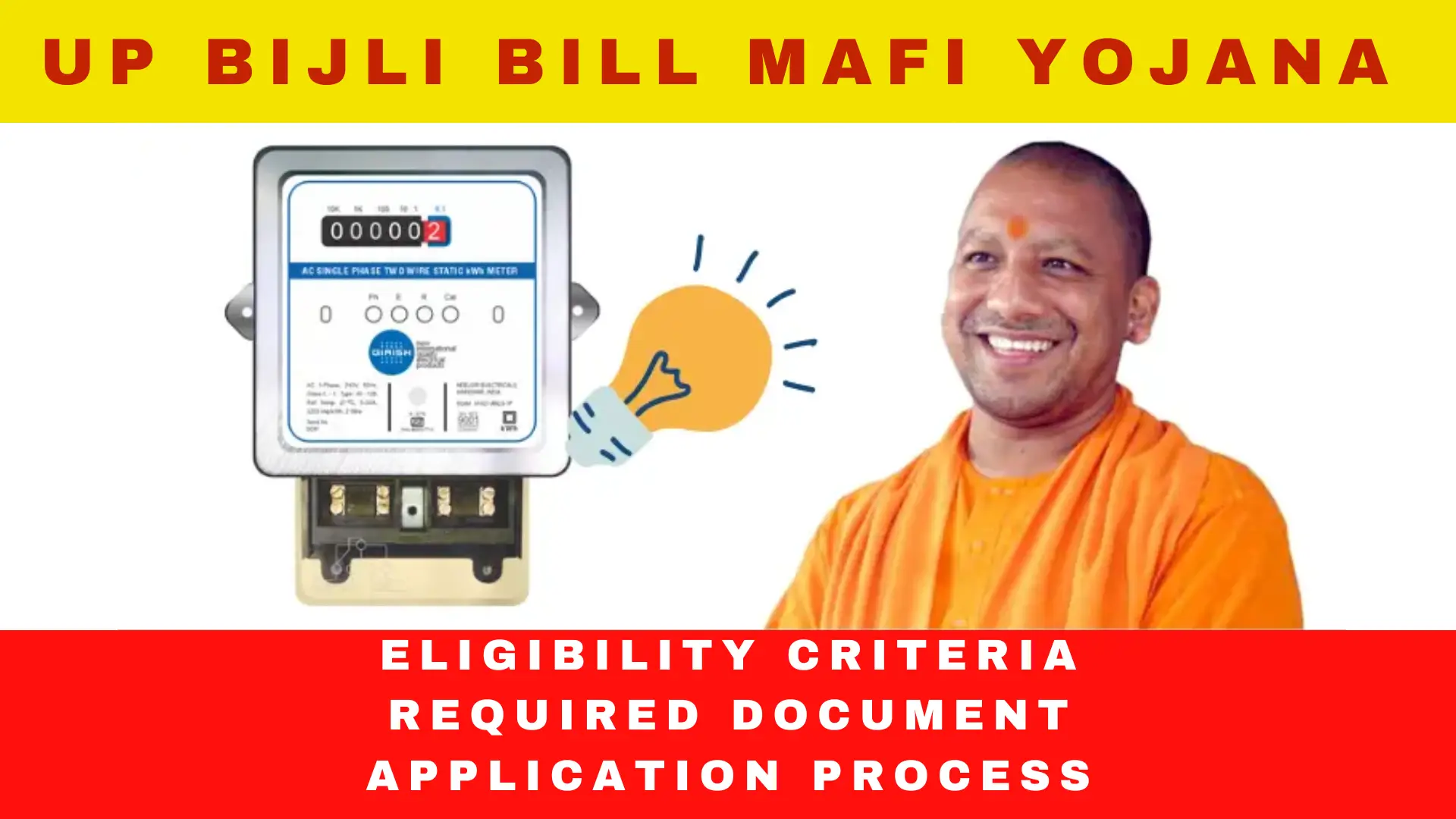India is on the verge of a transformative shift in its energy and transportation sectors. Union Minister Nitin Gadkari recently proposed an innovative strategy to reduce petrol costs to as low as ₹15 per litre by leveraging ethanol-based fuels and electric vehicles (EVs). This initiative aims to address several issues simultaneously, including reducing pollution, cutting down on hefty oil import bills, and empowering farmers by making them “urjadata” (energy providers) alongside being “annadata” (food providers).
Ethanol, a renewable biofuel derived from crops like sugarcane and grains, plays a pivotal role in this vision. By blending ethanol with petrol and integrating EVs into the transportation system, India could significantly alter its energy landscape.
Currently, petrol prices hover around ₹96-120 per litre in major cities, largely influenced by international crude oil prices. This dependence on imports costs India approximately ₹16 lakh crore annually. The transition to ethanol-blended fuels and EVs not only promises economic relief but also aligns with global sustainability goals. However, achieving this ambitious target requires significant advancements in ethanol production capacity, infrastructure for E20 fuel (20% ethanol blend), and adoption of flex-fuel vehicles.
What is Ethanol Fuel?

Ethanol is a renewable biofuel made from plant materials such as sugarcane, grains, and agricultural waste. It is often blended with petrol to reduce greenhouse gas emissions and dependence on fossil fuels. In India, ethanol blending is part of the Ethanol Blended Petrol (EBP) Programme initiated in 2003. The government has set a target of achieving 20% ethanol blending (E20) by 2025.
Key Features of Ethanol Fuel:
- Renewable Source: Produced from biomass such as sugarcane molasses and grains.
- Environmental Benefits: Reduces carbon emissions compared to traditional fossil fuels.
- Economic Impact: Reduces dependency on crude oil imports and supports rural economies.
How Will Petrol Cost ₹15 per Litre?
- Ethanol Cost Advantage: Ethanol costs approximately ₹60 per litre compared to petrol’s ₹120 per litre. When blended at 60% ethanol and supplemented by electricity (40%), the effective cost reduces drastically.
- Electricity Contribution: Hybrid vehicles using electric power for part of their operation further lower fuel costs.
- Flex-Fuel Vehicles: The introduction of flex-fuel engines capable of running on higher ethanol blends or pure ethanol will play a crucial role.
Benefits of Transitioning to Ethanol-Based Fuels
Economic Benefits:
- Lower Fuel Costs: Petrol at ₹15 per litre will significantly reduce transportation expenses for individuals and businesses.
- Reduced Import Bill: By cutting oil imports, India can save up to ₹16 lakh crore annually.
- Boost for Farmers: Farmers producing ethanol feedstock will gain additional income streams.
Environmental Benefits:
- Lower Emissions: Ethanol emits fewer pollutants compared to traditional fossil fuels.
- Sustainable Energy Source: Promotes renewable energy use in line with global climate goals.
Social Benefits:
- Rural Development: Increased demand for crops like sugarcane will uplift rural economies.
- Job Creation: Expanding ethanol production facilities will generate employment opportunities.
Statistical Data
Current Scenario:
- Ethanol Blending Rate: 11.6% achieved in 2023-24.
- Ethanol Production Capacity: 1,623 crore litres as of September 2024.
- Oil Imports: Account for 85% of India’s crude oil requirements.
Future Projections:
- E20 Rollout: Nationwide availability by April 2025.
- Ethanol Demand: Estimated at 1,016 crore litres annually for E20 blending.
- Cost Savings: Potential reduction of ₹16 lakh crore in oil import bills.
Comparison: Ethanol vs Traditional Fuels
| Feature | Ethanol-Blended Fuel | Traditional Petrol |
|---|---|---|
| Cost per Litre | ₹15 | ₹96-120 |
| Environmental Impact | Lower emissions | High greenhouse gas emissions |
| Source | Renewable (biomass) | Non-renewable (crude oil) |
| Dependency | Domestic production | High import dependency |
| Vehicle Compatibility | Requires flex-fuel engines | Compatible with existing engines |
Conclusion
The vision of reducing petrol prices to ₹15 per litre through ethanol-based fuels represents a bold step towards sustainable energy solutions in India. While challenges remain in terms of infrastructure development and consumer adoption, the potential benefits—economic savings, environmental protection, and rural empowerment—make it a compelling proposition. With continued government support and technological advancements, this initiative could revolutionize India’s transportation sector and set an example for other nations striving for energy independence and sustainability.



